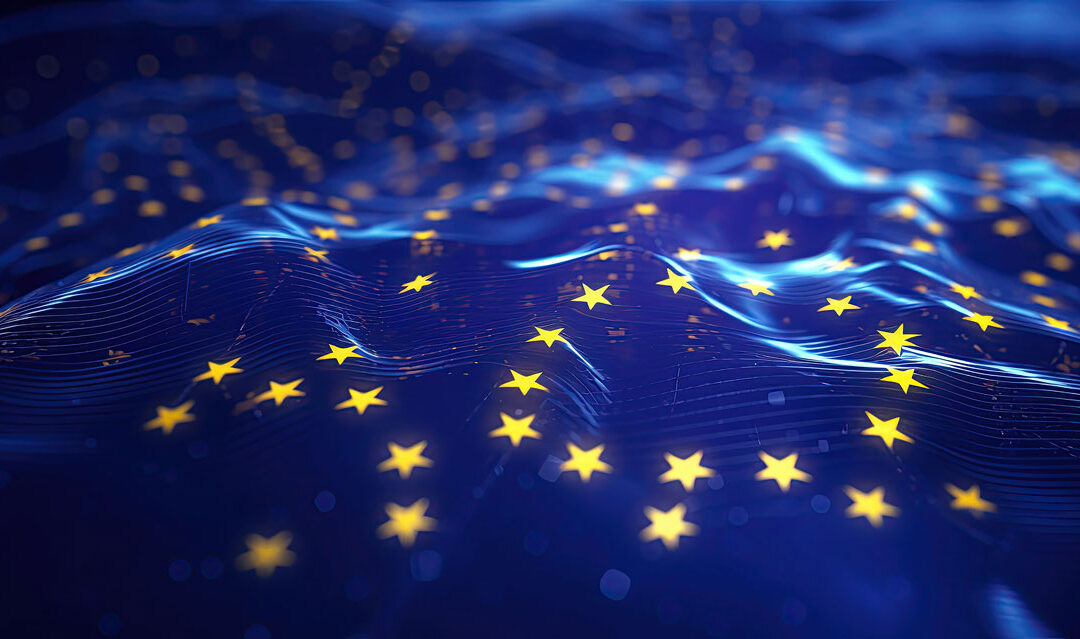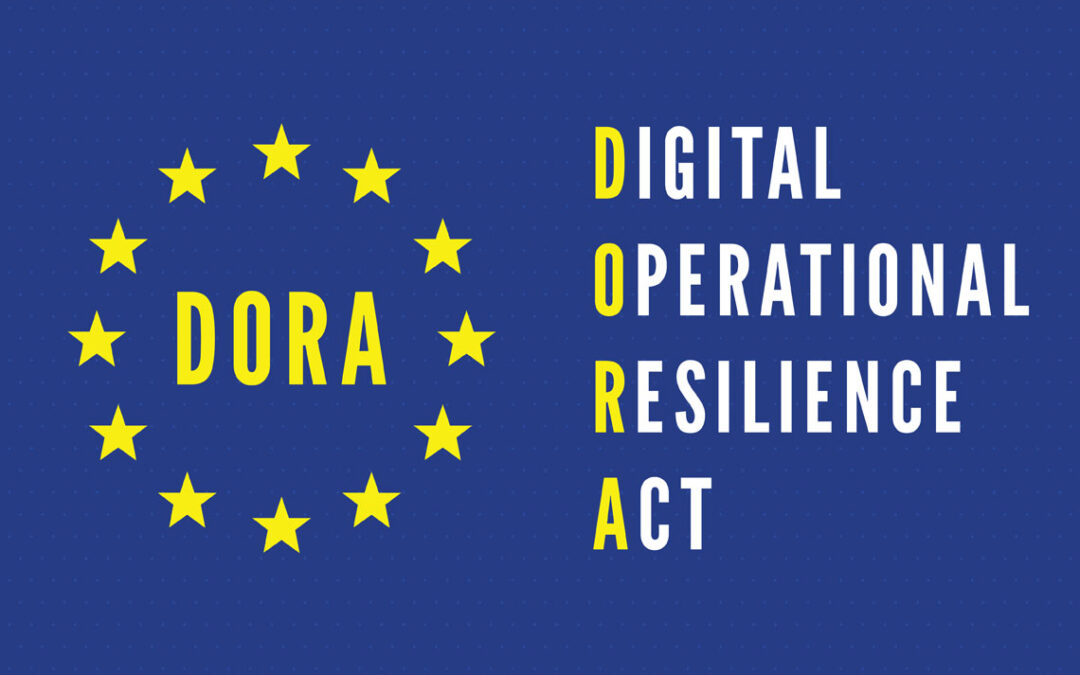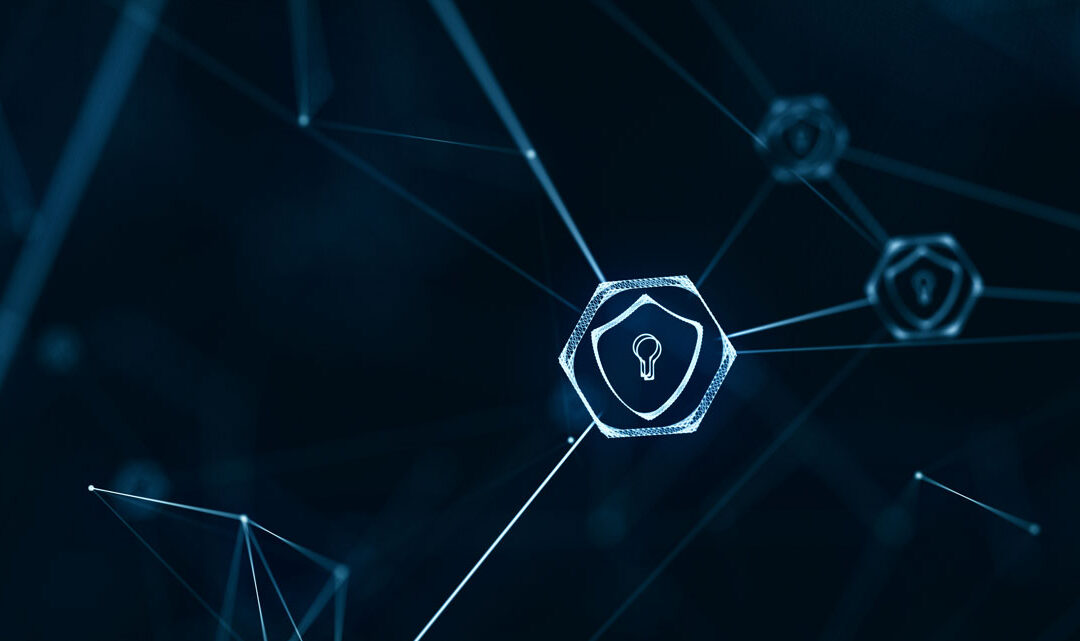Digitalisation plays a very important role in our modern society as it reduces costs, increases flexibility and can give you a competitive edge. But the side effect is that, if not handled in the right way, the digitalisation can make us more vulnerable to digital attacks.
Therefore, cybersecurity is so important. With the right cybersecurity measures we can protect our privacy, rights, freedoms, and everything up to and including our physical safety. This implies that we all need to learn more about cybersecurity – the risks and the possible measures that can be done.
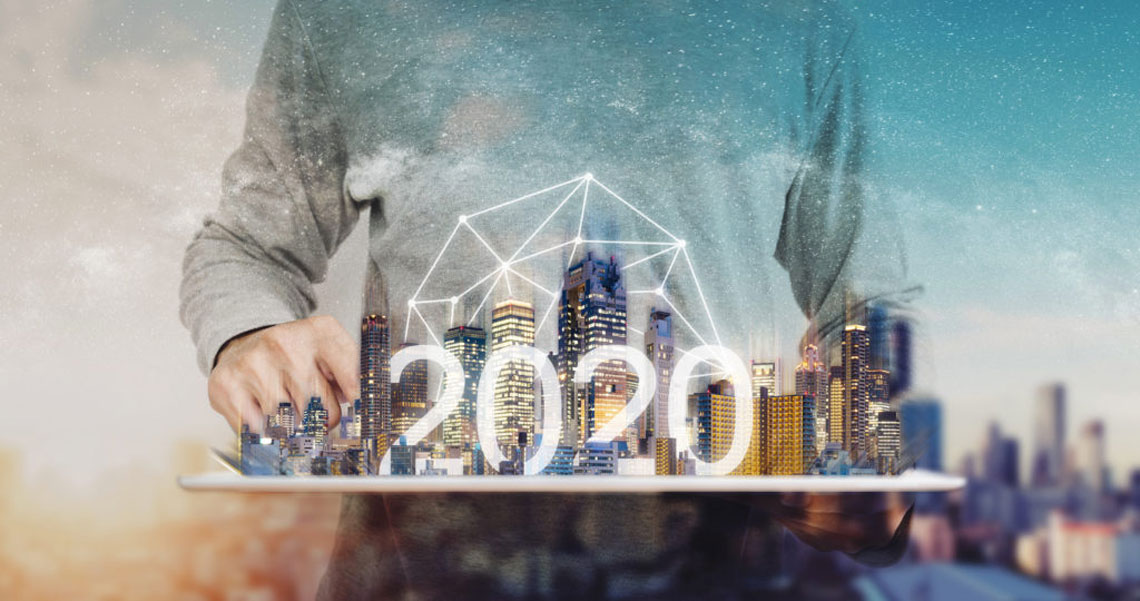
At Advenica we have a long experience with cybersecurity. We contribute to a safer world by helping countries, authorities and companies to get effective cybersecurity solutions in place to raise information security.
Jens Bogarve and Stefan Chevul, cybersecurity experts at Advenica, have noted a few trends within cybersecurity for 2020.
Data storage in the cloud implies improved security competence
The amount of information in “the cloud” will continue to grow, simply because this is the modern low-cost way of data storage. But without the right security information competence when it comes to how to do segmentation and other measures that are needed to secure the information in the cloud, organisations and its employees will continue to do mistakes that will cause data breaches. To increase information security awareness by educating the whole organization will simply be something needed for all types of organisations.
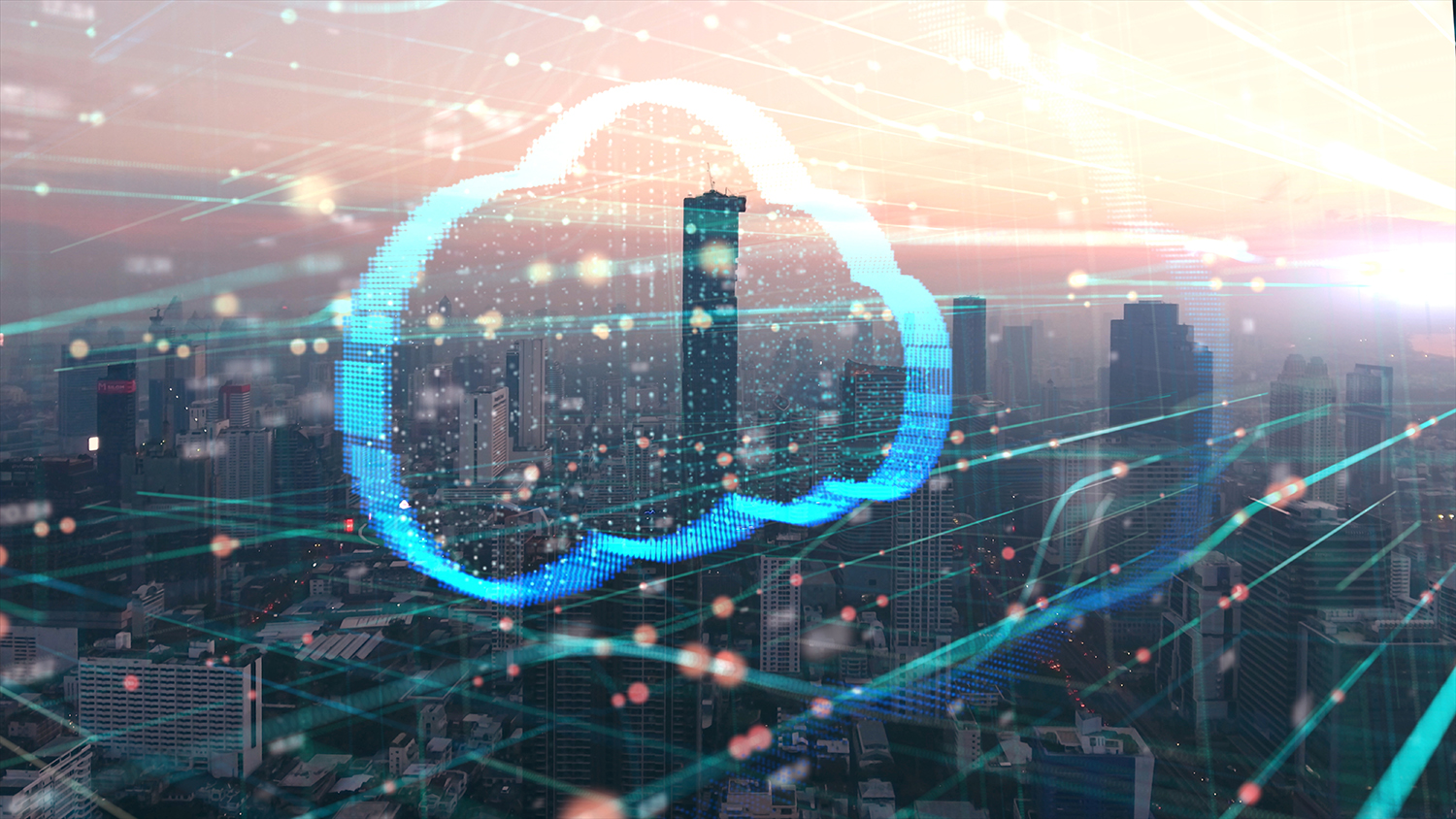
State funded attacks increase
More and more countries increase their cyber-attack capabilities. Specially trained cyber soldiers and plans for an improved civil defense are examples of measures made by countries to build their cyber defense capabilities. State funded reconnaissance and in some cases also attacks, on specific, interesting targets often have objectives aligned with either political, commercial, or military interests. State-sponsored actors will rarely make a lot of noise. Their objectives range from industrial espionage and propaganda to accessing defense systems and disruption of infrastructures by for example attacking power grids or the transportation sector. To avoid being victim to these devastating attacks, a classification and segmentation of the information can be a good start.
Malwares will continue to be a major threat towards governments and businesses
Malware or “malicious software,” is an umbrella term that describes any malicious program or code that is harmful to systems. It can steal, encrypt, or delete your data, alter or hijack core computer functions, and spy on your computer activity without your knowledge or permission. The most common ways that malware accesses your system are through infected webpages or malicious email.
To avoid being harmed by malware, there are a lot of things that can be done. Most important is a security culture – to be aware of all the risks – and a continuous work with proactive security measures. And if you have sensitive data there are special technical solutions available that can be installed.

5G will increase the number of IoT devices with low security
In 2020, IoT no longer means just “linked sensor objects”. It has evolved from simple devices that capture data to something that connects the physical and digital worlds, makes sense of what is happening, and takes actions that benefit the physical world. Today, IoT devices are small, cheap, robust, and everywhere. 5G networks enable new possibilities which translate to a huge number of connected IoT-devices.
Critical infrastructures, transport systems and IoT enabled smart homes are bound to be run on top of 5G networks. At the same time, IoT manufacturers are engaged in a blind chase for market shares. When time-to-market and low-cost devices are the battleground, security is inevitably neglected, and this radically changes the potential attack surface for hackers. Consequently, device security is fundamental and cannot be overlooked without risking severe consequences on society. Manufacturers need to be digital responsible and liable for manufacturing secure IoT devices. At company level the purchasing organizations must make sure to require IoT-devices that are sustainable also from a cybersecurity perspective.
If you would like to know some more about cybersecurity – or if you need some help with cybersecurity solutions to raise information security – you are most welcome to contact us.
